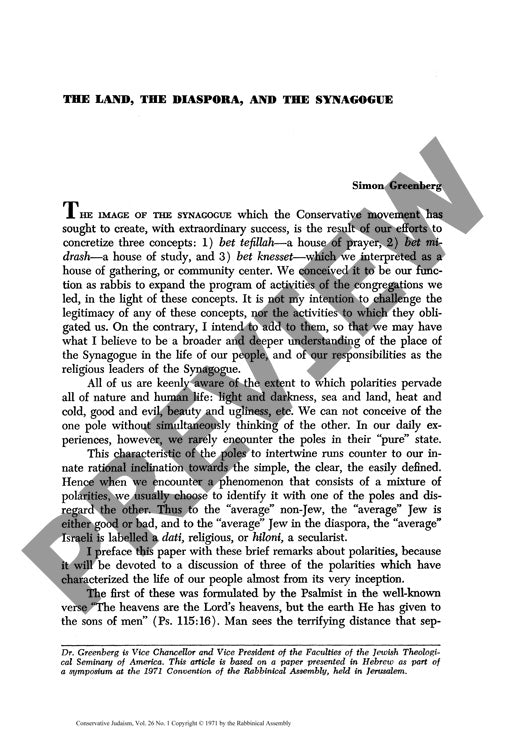The Land the Diaspora and the Synagogue
Couldn't load pickup availability
Throughout Jewish history, the synagogue has served as more than a house of worship - it functions as the crucial bridge between seemingly opposing forces that have long defined Jewish existence: heaven and earth, Israel and the nations, and the Land of Israel and the diaspora. Rather than forcing communities to choose between these polarities, the synagogue enables their integration and mutual reinforcement. Drawing on scriptural interpretation, rabbinic sources, and historical analysis, this research traces the synagogue's evolution from Jacob's dream at Beth-El through the Temple period to the diaspora concept of "mikdash me'at" (sanctuary in small measure). The traditional triple role of bet tefilah (house of prayer), bet midrash (house of study), and bet knesset (house of gathering) reveals a deeper significance: the synagogue emerges as the institutional embodiment of knesset yisrael (the assembly of Israel), transforming ordinary Jewish communities into spiritually elevated congregations. Historical evidence demonstrates that the prayer function provides the synagogue's most fundamental and enduring foundation, rooted in humanity's inherent spiritual longing, while Jewish communities lacking synagogues have consistently failed to survive. These findings emphasize the critical role of rabbis as guardians of this sacred institution to ensure Jewish continuity across all dimensions of Jewish existence.

More Information
-
Physical Description
-
Publication Information
Published 1971
ISBN
-
Publication Credits
Simon Greenberg

